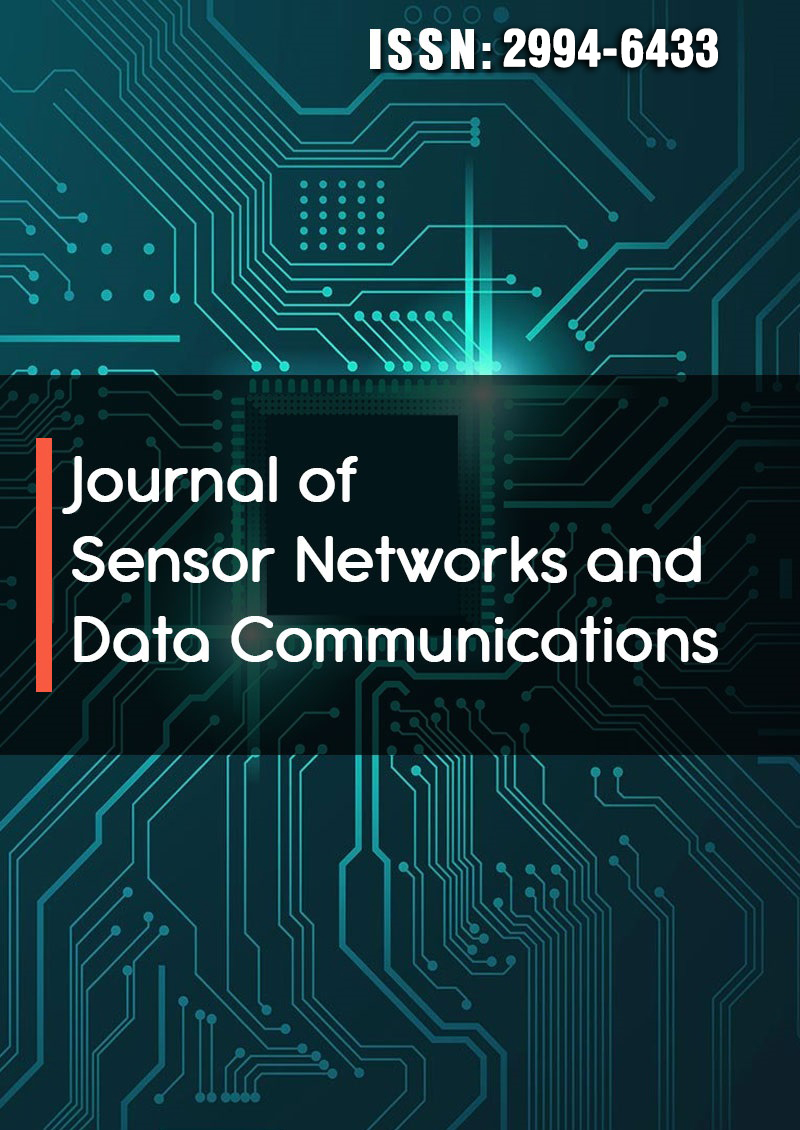Enhancing Biometric Landmark Detection Optimizing Imaging Acuity
Abstract
Greg Passmore and Sabine Bredow
UVB imaging, operating within the 280–315 nm range, has historically suffered from low contrast and limited acuity due to fundamental challenges in optical components and sensor technology. In our lab, we conducted extensive experimentation to identify and optimize the key factors influencing image quality in this spectral range. Through systematic evaluation of lens materials, optical coatings, filter designs, and sensor architectures, we developed high-precision solutions to mitigate optical losses, reduce aberrations, and enhance signal capture efficiency.
Our research emphasized the importance of selecting UV-transparent lens materials, such as fused silica and calcium fluoride, to minimize absorption while carefully managing chromatic aberration. We assessed the impact of interference filters in controlling spectral selectivity and blocking unwanted radiation that could degrade image contrast. Additionally, we investigated the effectiveness of various sensor technologies, including back-illuminated CCDs and UV-enhanced CMOS detectors, to maximize quantum efficiency and maintain stability under prolonged UV exposure. Through controlled testing and iterative system refinement, we identified the optimal configurations that consistently produced high-resolution, high-contrast UVB images. Our findings demonstrate that achieving superior imaging performance in the UVB spectrum requires a precise balance of optical material selection, filter design, and sensor optimization. By carefully integrating these components into a cohesive system, we successfully developed an imaging platform capable of delivering exceptionally high-resolution, high-contrast results on a consistent basis.



